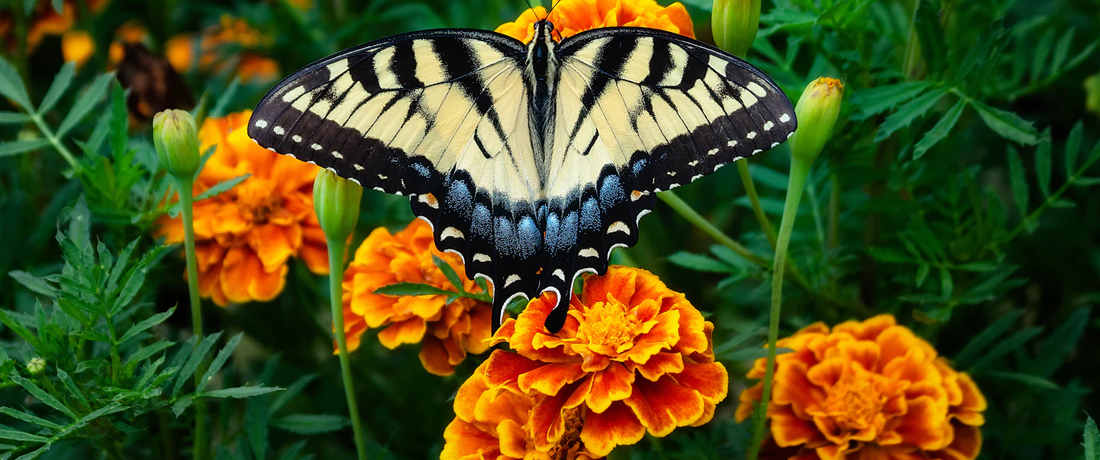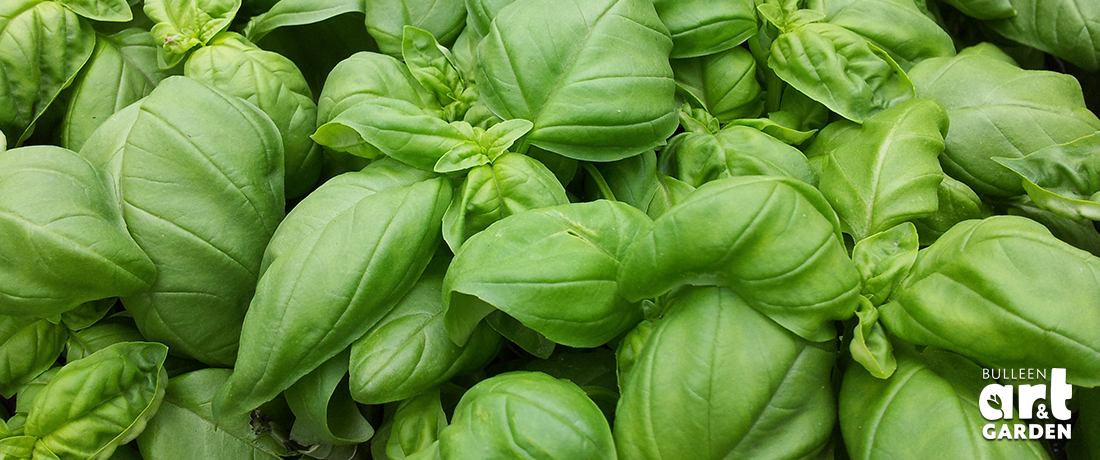
 Important note about plant availability. Important note about plant availability.There are hundreds of factsheets on our website provided for your information. Not all plants will be available at all times throughout the year. To confirm availability please call (03) 8850 3030 and ask for the nursery. |
Natural Insect Repellents… Plants, recipes and ideas
I was amused, reading an article that stated “the success of insect repellent plants is part folklore, part experience and part wishful thinking.” I’d like to think that gardeners in earlier times used plants seriously for all sorts of purposes and that hundreds of years of experience has given truth to some of these uses. I also wish that as a society we could adapt natural methods of pest control. Too many toxic chemicals that poison our soils, our water, our wildlife, our plants and ourselves!
There is a vast array of information out there about using plants for medicinal remedies, as insect and disease repellents and for companion planting in the garden. I will give you a few ideas and some recipes to lead you down the garden path to more sustainable and friendly gardening.
Using insect repellent plants is about keeping a better balance in your garden. By using the natural properties of certain plants, we create a more natural ecosystem for the plants, soil, good bugs, and bacteria that make for a healthier environment for your plants to live in.
I will say that it can be trial and error, with different plants in different gardens, soils and temperatures and in different seasons.
But that is the fun of gardening, nutting out what works in your own garden and finding success with a particular method. The trick is, just to try!
How do insect repellent plants work?
Those plants most commonly used for their repellent properties are mostly ones that contain “volatile oils”, which usually means that when the foliage or flowers are crushed or brushed against, they release strong odours, some pleasant, some not so pleasant.
Volatile oils work more effectively in warmer weather and in humid weather even more so.
The oils of these plants are extracted to make essences that can be used for many different purposes including natural insect repellents. Scientists cannot be exact about how and when the oils are released but it is known that each different plant is influenced by sunlight, temperature, humidity, size and health of the plant.
Using insect repellent plants in the garden
Insect repellent plants work by using odours to confuse and deter insects. Simple factors like breezes, proximity and quantities of certain plants will be influential in their success to repel. Sometimes it is simply brushing past a plant or watering it at a certain time of the day that will cause the odours to be released. Having strong smelling plants in the garden can be a lovely part of gardening and experimenting with their uses is fascinating.
Placement of plants in areas such as doorways, pathways, near outdoor eating areas, dog kennels and chook pens will increase their effectiveness. Lavender and rosemary borders, wormwood as an accent plant, geraniums for foliage and year round colour, colour in pots and along vegetable garden borders, ageratum, cleome and cosmos in cottage gardens. Herbs have lovely vibrant foliage, like basil (try columnar basil!).
However, before I give you some insect repellent plant ideas please remember that people must be very careful with these sorts of plants in regards to human allergies, particularly those of the skin. Some of the foliage and flowers of insect repellent plants can cause skin irritations and be toxic if ingested. If using these plants around children and family pets, do your research. If using oil extracts, buy good quality oils and essences from a reputable health food store and ask questions about the safety of the product for human use and on your pets.

 Important note about plant availability. Important note about plant availability.There are hundreds of factsheets on our website provided for your information. Not all plants will be available at all times throughout the year. To confirm availability please call (03) 8850 3030 and ask for the nursery. |
Flowering insect repellent plants
| Lavender | Catnip |
| Rosemary | Chrysanthemums |
| Geraniums | Marigolds |
| Sunflowers | Calendula |
| Nasturtiums | Cosmos |
| Cleome | Ageratum |
 Important note about plant availability. Important note about plant availability.There are hundreds of factsheets on our website provided for your information. Not all plants will be available at all times throughout the year. To confirm availability please call (03) 8850 3030 and ask for the nursery. |
Carnivorous Plants
Venus flytraps
Pitcher Plants
Sundews
Mosquito and fly repelling plants
Rosemary
Basils
Lemongrass
Garlic
“Mozzie Blocker” (Leptospermum releases it’s natural Citronella like scent when the weather is warm)
Ageratum
Catnip
Lemon Thyme
Artemisia (Repels Cabbage moth, Whiteflies, Codling Moths and Mice)
Catnip (Mosquitos, Weevils and Cockroaches Ten times more effective than DEET)
Coriander & Dill (Repel aphids and spider mites)
French Marigolds (Repel whiteflies and kill nematodes)
Garlic (Repels aphids, codling moth and snails)
Marigolds (Contain pyrethrum which mosquitoes find offensive)
Ageratum (Emits a smell that mosquitoes find offensive and secretes a substance called Coumarin which is widely used in repellents.)
Chamomile (Repels flying insects)
Oregano (Repellent for many pests)
Mints (Especially spearmint & peppermint: repel fleas, moths aphids)
Calendula (Pests above and below the ground)
 Important note about plant availability. Important note about plant availability.There are hundreds of factsheets on our website provided for your information. Not all plants will be available at all times throughout the year. To confirm availability please call (03) 8850 3030 and ask for the nursery. |
Citronella
The citronella plant or Citrosa is a tropical plant that looks like lemon grass. While the plant is not really suitable for Melbourne’s climate, citronella oil is widely available. There is a Geranium that produces a citronella like scent that can be planted in the garden and consider Lemon Thyme, which has the same amount of repellent qualities as Citrosa and grows beautifully in Melbourne.
Plants recommended to plant with tomatoes
The most frequent companion planting question we get is for tomatoes. Recommended for planting with tomatoes are asparagus, basil, beans, calendula, carrots, chives, cleome, cosmos, cucumber, garlic, lemon balm, lettuce, marigold, mint, nasturtium, onion, peas, sage & stinging nettle.
Basil: Repels insects and improves growth and flavour.
Borage: Improves growth and flavour.
Garlic: Repels Red Spider Mite.
Don’t plant tomatoes with cabbages (they stunt the growth), corn, dill, fennel, eggplants, capsicum and potatoes (encourages disease).
Natural Bug Recipes
If you are keen to make your own natural sprays then try these recipes.
Use 2 tablespoons of white wine vinegar in a half a litre of water then add Citronella, Peppermint and Eucalyptus Oils (about 8 drops of each)
If Ants are getting inside or in yours pets’ bowl, try putting a line of cinnamon powder in their way. They won’t cross it.
Use 4 – 6 cloves of garlic, the outer rings of an onion, and some really hot chilies. Score the chilies, leave the seeds and let them steep in half a litre of boiled water with the garlic and the onion.
Leave for 24 hours then strain the water and add a few drops of baby shampoo and use in a spray bottle. Use every 3 -4 days on those plants being eaten by pests.
